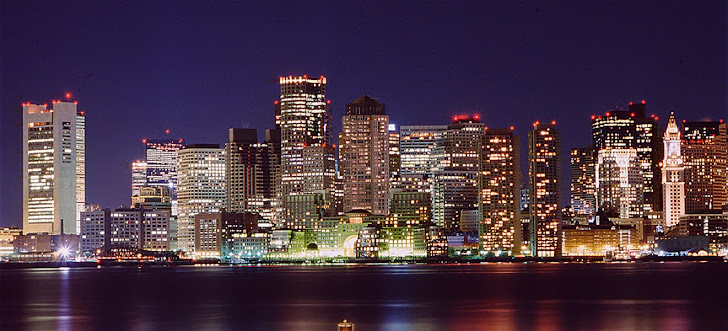The Three-dimensional Field: Depth and Volume
The Z-axis
i. Describes a point located away from the frontal plane
ii. How far an object seems to be from the camera
iii. Illusory third dimension – depth – is the most flexible dimension in film and video
iv. Originates from the screen and goes backward from the camera lens to the horizon
- v. Screen width: x-axis
- vi. Screen height: y-axis
- vii. Screen depth: z-axis, appears to be infinite
- viii. Stereovision or hologram projection : z-axis extends not only to the horizon but also to the viewer
- ix. We judge the perceived distance relative to ourselves and not to the screen
- Graphic Depth Factors
- i. The farther away an object is, the smaller it appears and the higher it seems to be in the picture field
- ii. Objects in the foreground are more clearly defined than those in the background
- iii. Light and shadows create volume, the presence of the third dimension
- iv. Five Graphic Depth Factors
- Overlapping Planes: the most direct graphic depth view
- The object covering the other object must be in front of it
- Relative Size: can guess a size or know how large an object is by contextual clues, such as other object
- Can tell how far object is by relative size of screen image
- Larger object appears closer; Smaller object is farther
- Height in Plane: if there are no contradictory distance clues, you will perceive objects to be more distant depending on how they are on the screen until they reach the horizon
- Not always reliable
- Linear Perspective: among the most powerful and convincing graphic depth factors
- Parallel lines can merge in the distance
- b. All lines converge and disappear at the vanishing point
- Horizon Line: straight forward, parallel to ground
- Aerial Perspective: see objects that are close to us, some more sharply than those farther away
- This difference in foreground and background is especially pronounced in fog
-
i. Colors lose density and become less saturated
-
- This difference in foreground and background is especially pronounced in fog
- Overlapping Planes: the most direct graphic depth view
- Depth Characteristics of Lenses
- i. Optical characteristics of lenses can greatly enhance or hinder the illusion of a third dimension on the video or movie screen
- ii. Lens choice is important in achieving the certain “feel” of a screen event
- iii. Overlapping Planes
- Wide-Angle Lens
- Overlapping planes are reduced in prominence, but are not eliminated with the wide-angle lens
- Narrow-Angle Lens
- Overlapping planes are a major depth cue because the lens enlarges the background objects where things look crowded
- Foreground and background images look similar in size
- Wide-Angle Lens
- iv. Relative Size
- Wide-Angle Lens
- Wide-angle lens greatly exaggerates relative size
- Objects that lie close to the camera appear relatively large, while objects on the z-axis that are only a short distance behind the close object appear dramatically smaller
- Narrow-Angle Lens
- Two objects seem much closer to each other because the narrow-angle lens enlarges the background
- Wide-Angle Lens
- v. Linear Perspective
- Wide-Angle Lens
- Accelerates the convergence of parallel lines and the z-axis appears elongated
- Narrow-Angle Lens
- Inhibits the convergence of parallel lines and thus reduces the illusion of depth through linear perspective
- Squeezes space and makes objects appear narrower and closer together than they actually are
- Wide-Angle Lens
- vi. Aerial Perspective
- Manipulating depth of field – the area along the z-axis that appears in focus – can achieve aerial perspective
- Using selective focus – focusing on a specific area along the z-axis – can achieve aerial perspective
- Wide-Angle Lens
- Wide-angle lens generates a great depth of field, de-emphasizing aerial perspective
- Most of the articulated z-axis appears in focus
- Narrow-Angle Lens
- Shallow depth of field, which emphasizes aerial perspective
- Once focused on an object in narrow-angle lens, the areas to the foreground and background of the object become out of focus
- Selective Focus
- Allows you to choose the precise portion of the z-axis that you want to be in focus
- Rack Focus
- Involves changing the focus from one location on the z-axis to another
- Focus on one object until another object comes into focus
- Need a relatively shallow depth of field to achieve a rack focus, so a narrow-angle lens is used
- 3D Stereoscopic Projection
- i. Stereoscopic projection is strictly illusory and exists only in our minds and is based on a dual-lens view
- ii. In stereoscopic projection, the articulated z-axis extends through the screen space toward the viewer
- iii. Achieved through a dual-lens recording system, whereby the lenses are set apart similar to our eyes
- To show the two different scenes viewed by the lenses on one screen, one is colored red and the other is cyan
- Optical system in the viewer’s brain melds the two images into a single three-dimensional projection
- iv. Different from traditional, single-lens 3D depth cues, which are contained in the visual representation of a scene from the screen back to the horizon

No comments:
Post a Comment